Disclaimer: The following is one journalist’s attempt to make sense of a very complicated and controversial conflict. Any bias does not reflect the opinion of Kings High School.
Since October 7, the war between Israel and the militant group Hamas has been all over global news. Many Americans have become deeply invested in taking sides in this controversial war. What we often don’t realize, however, is that this is a conflict dating back over 70 years. There is so much background that is easy to overlook or be confused by.
When the tension in the Middle East escalated last fall, I was confused for a long time. It was only in late January that I began to pay attention. I came across an Instagram account run by Plestia Alaqad, a journalist from Gaza. In her posts, she shows the destruction happening in Gaza and how the lives of innocent Palestinian citizens are getting torn apart by war. She tries to show her viewers that life in Gaza used to be beautiful — this was where she graduated, where she hung out with friends, where she walked on the beach — and now it is all destroyed. Hearing her story and seeing the conflict through her eyes made it so much more real. I knew I had to learn more.
I did, and it still hasn’t been enough. Each day, something becomes a little clearer. Now, four months later, a ceasefire agreement is vital. Thousands have been killed, injured, displaced, or orphaned. This isn’t just political, it’s a humanitarian crisis. While both opponents have their reasons for war – Israel to defend itself against Hamas, and Hamas to fight for an independent Palestinian state – the extent to which they’re following through is harming thousands of innocent lives.
Let’s break down some background to help you formulate your own understanding of the issue.
Note: Certain topics have been linked to more in-depth articles if you wish to research further
The Beginning
After World War II, the United Nations passed a resolution to divide Palestine (which had previously been a territory in the Ottoman Empire, and then a British colony) into a Jewish state and an Arab state. The Jewish state became Israel. Once it was created in 1948, fighting almost immediately broke out between it and Palestine. This is known as the First Nakba (Catastrophe). Israel came out victorious. The result divided Palestine into the West Bank and the Gaza Strip, and displaced thousands of Arab Palestinians. Unfortunately, this was not the end of the two countries’ clashes, and many more conflicts followed.
Technically, the State of Palestine is its own independent country. However, it is not recognized by 54 of the 193 members of the United Nations, including the U.S. This is one of the reasons why whenever the U.S. government makes a statement about the war, they refer to the territories (“Gaza” or “West Bank”) instead of Palestine.
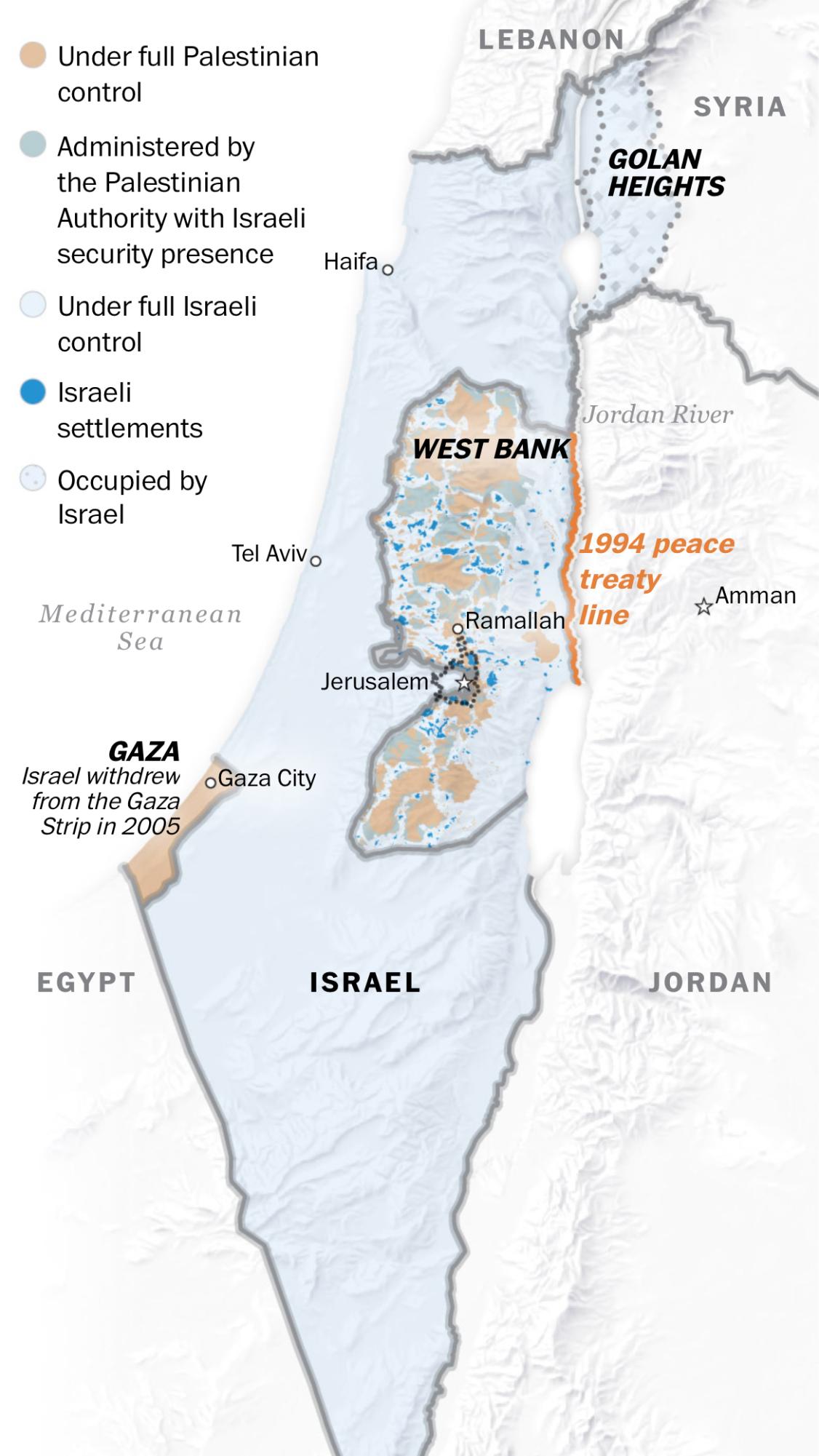
Israel and Palestine explained in maps
Now that we’ve covered the basic countries, let’s dive into their governments.
Israel is a Parliamentary Democracy. Its current president is Isaac Herzog, however, this is a largely ceremonial role. The man with the real power is Prime Minister Benjamin Netanyahu. His recent statements about the war suggest that he will be reluctant to compromise with Hamas.
“No amount of international pressure will stop us from realizing all the goals of the war: eliminating Hamas, releasing all our hostages and ensuring that Gaza will no longer pose a threat against Israel,” he said on March 17.
Israel officially occupies parts of the West Bank and the Gaza Strip. However, there are also many illegal Israeli settlements in the parts that they do not technically have rule over that influence the regions. The city of Jerusalem is claimed as the capital of both Israel and Palestine. Reminiscent of how Berlin was divided after World War II, the ancient holy site is divided into two parts: East and West Jerusalem. The East side is largely Palestinian and the West side is ruled by Israel.
On the Palestine side of things, Hamas governs the Gaza Strip with leaders Ismail Haniyeh and Yahya Sinwar. The West Bank is governed by the Palestinian National Authority (also known as the Palestinian Authority or PA). Its current president is Mahmoud Abbas, who has also been the chairman of the Palestinian Liberation Organization (PLO) since 2004. The PLO is the official representative group of Palestine at the United Nations.
This division of Palestine’s government makes it hard to unify against Israel when conflicts arise. Furthermore, having the majority of the country under Israeli occupation only worsens stability for Palestinians. They’re treated like outsiders in their own country, having to go through numerous military checkpoints when traveling between cities and facing evictions from their houses to be given over to Israeli settlers. They also aren’t allowed to fly out of the closest airport in Tel-Aviv, instead being forced to travel next door to fly out of Jordan.
The Current Conflict
Hamas started the current war with their initial attack against Israel on October 7, 2023. This initial strike left over 1,200 dead and took about 250 hostages. As of now, a little over half of the hostages have been released, but the militant group still holds an estimated 130. Of these, 100 are likely still alive. Hamas’ war crimes include sexual violence and using civilians as human shields while fighting. Even though all this is in the name of creating a new Islamic-Palestinian state and resisting Israeli oppression, their methods are so extreme that they end up alienating citizens who also seek this goal. It’s no wonder that they’re labeled as a terrorist organization by the U.S. and other countries.
Since Israel has gotten involved and hit back in defense, at least 30,000 Palestinian civilians have been killed. Of those, around 12,500 were children, and 8,400 were women. In comparison, the number of Israeli casualties is around 1,139.
Since most of the fighting has been happening in Gaza, the conditions there aren’t good. Trapped civilians live in tents and face starvation. Little aid is coming in, and what does is hard to get. Just last month, a shipment of flour was brought in, and the starving masses who rushed towards it to collect the aid were shot and killed in the “flour massacre”. Almost no hospitals remain, after most of them were bombed.
Additionally, neighboring countries Egypt and Jordan have announced they’re not accepting Palestinian refugees from Gaza. The most likely reason is that they’re afraid Israel might try to permanently expel the refugees and they won’t be able to return home after the war ends.
There’s no easy way to unravel the tangled web of what’s going on here. Both groups have arguments for their side in the war, and both have faults. To add on to the challenge of being informed, it’s hard to know what information is trustworthy. No matter the reason for the conflict or the exact details, however, the amount of casualties has gotten so extreme that a ceasefire to end the fighting is vital.
Yes, the tension goes back decades, longer if you look at the religious aspects of it. But in our modern day, we should be better than this. The vast gap between military and citizen deaths is horrifying. We’re watching a humanitarian tragedy happen across the ocean and are waiting passively for something to be done. The sad thing is that if this conflict continues to last, it will eventually fade out of Americans’ minds due to our short attention spans.
This isn’t about whether you stand with Israel or Palestine. You don’t need to be on a certain side to see the unjustness of the conflict. A ceasefire appears to be the only hope for peace. It may not solve the conflict, but it would prevent more death while giving time for a solution to be negotiated.
I hope this has helped catch you up a bit on what’s happening, and that it enables you to have some discussion with others about the conflict. I also encourage you to continue researching. There’s endless information to unravel in a complex situation like this.











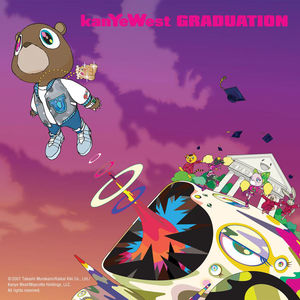

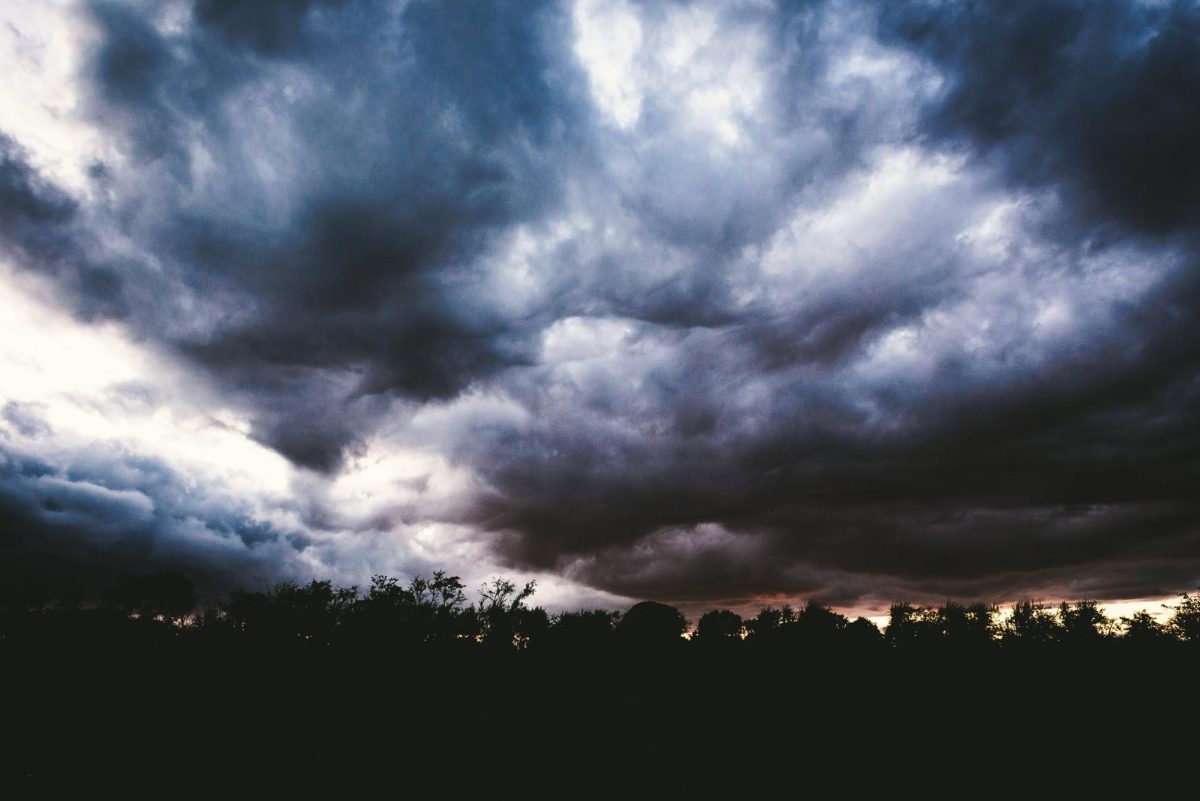


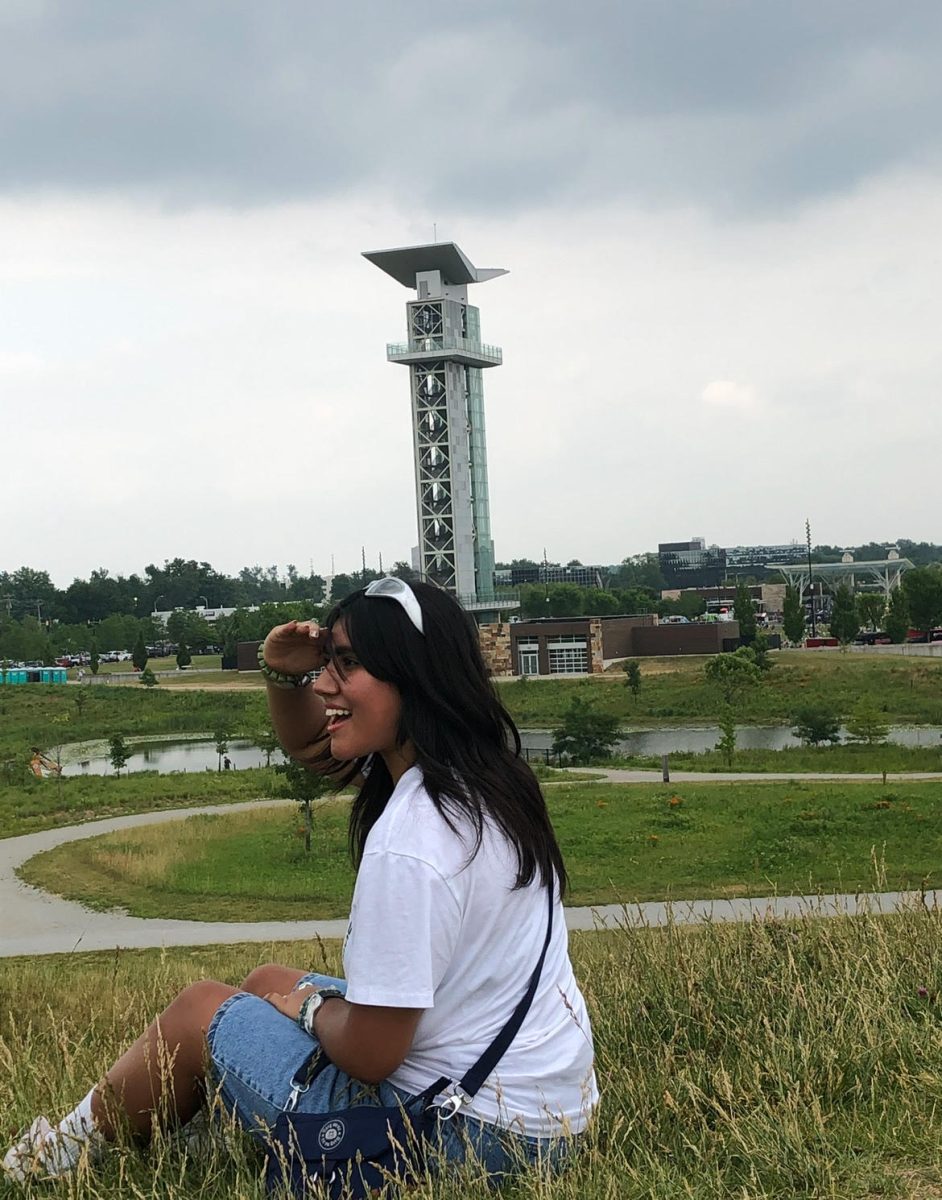
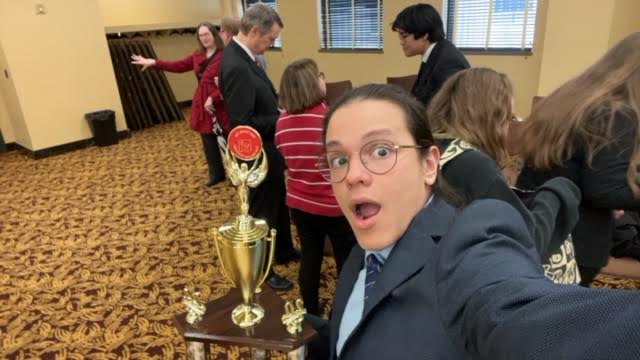










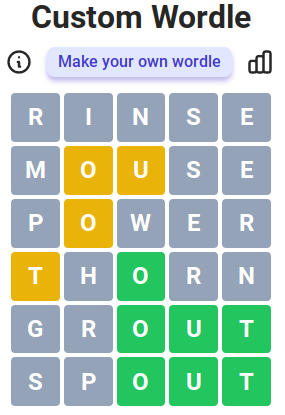
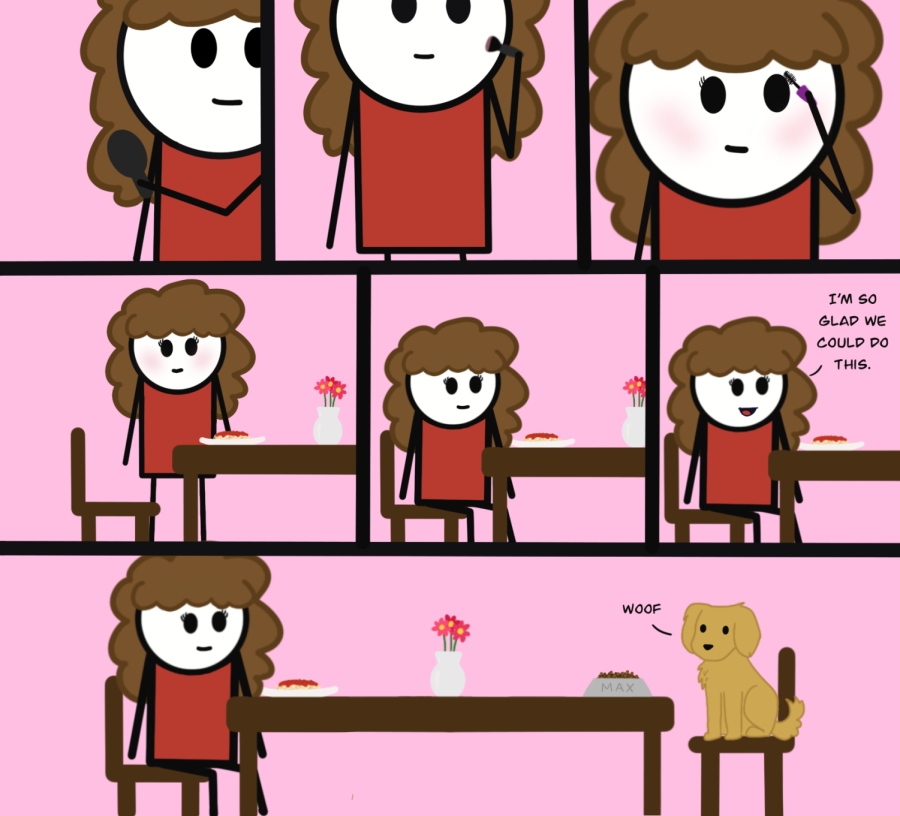
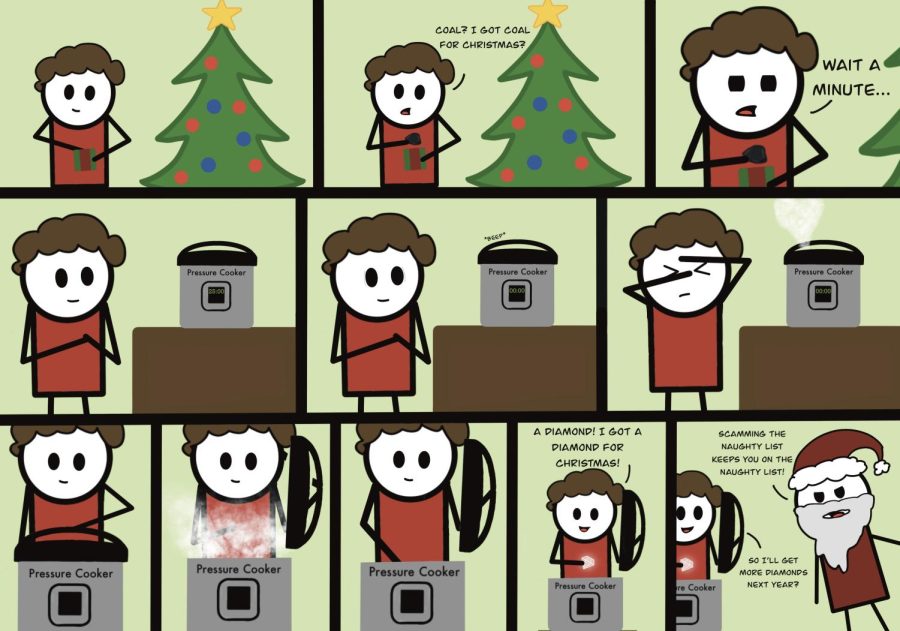
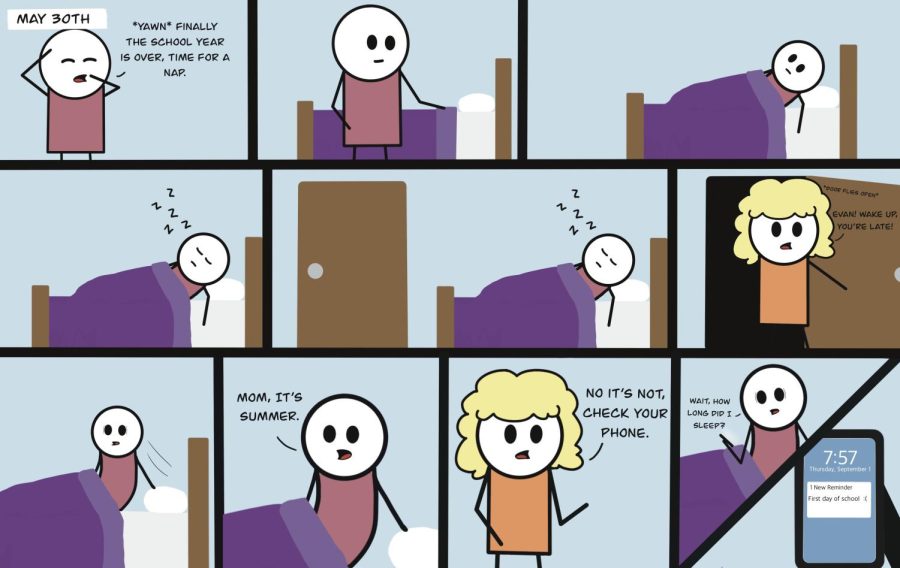
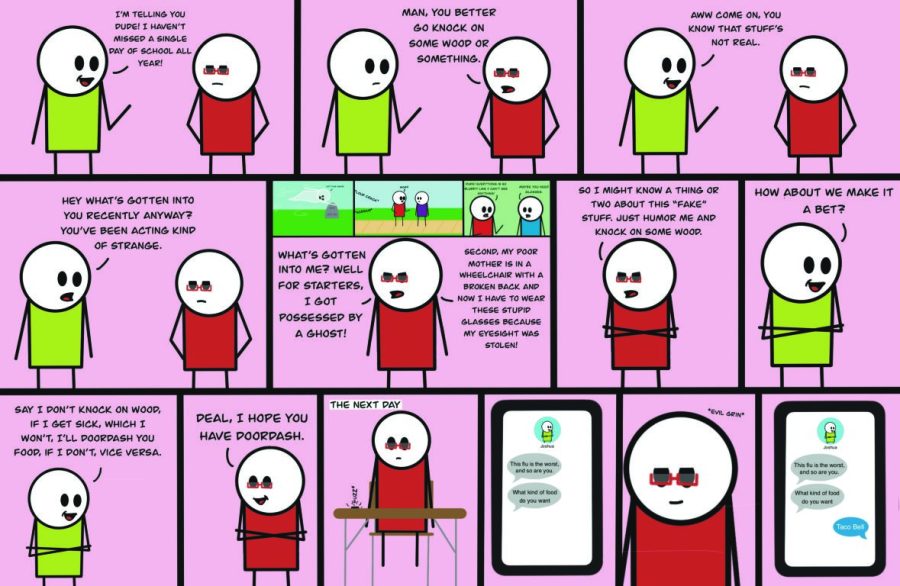
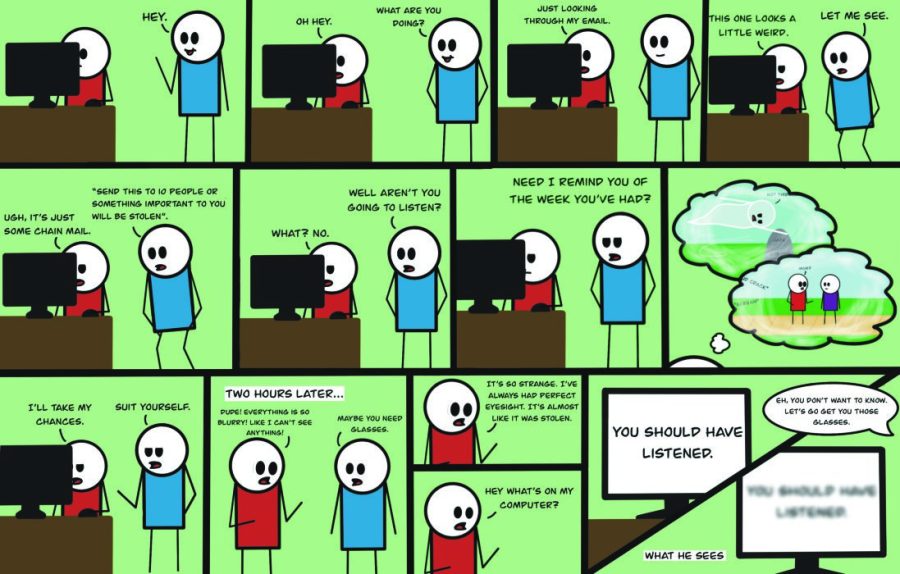






Leslie G. • Mar 21, 2024 at 12:41 pm
You’ve helped me become a lot more informed about this part of the world and the loss of life happening there. Thanks for all of the research and for sharing your personal opinions to bring awareness to it.